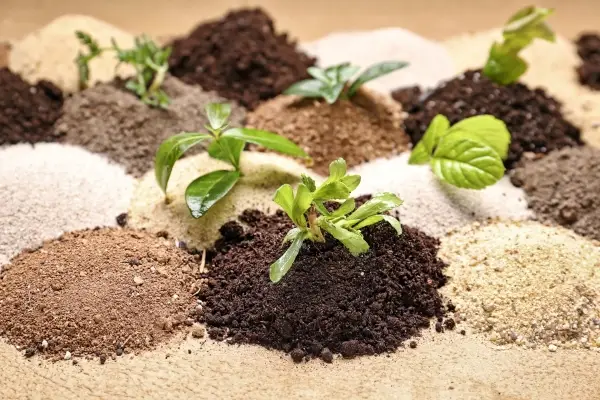
The Grounds Guys explain the six types of soil and their impact on gardening success.
|
The soil in your yard or garden is an essential part of healthy plant growth. But not all soil is the same: in fact, different kinds of soil contain different combinations of minerals, organic, and inorganic matter. In many ways, the type of soil in your garden or landscape will determine what plants, trees, or shrubs you can successfully grow. To make the most of your local soil, there are six key soil types that you should know about: chalk, clay, loam, peat, sandy, soil. By understanding the characteristics of each type of soil, you can better plan your landscape or garden in a way that works well with your particular soil type.
Chalk
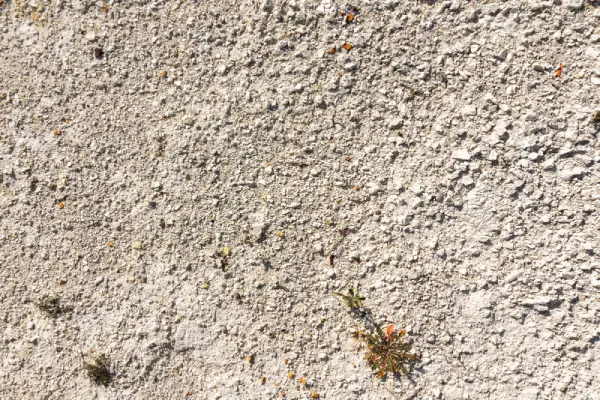
Chalky soils can be a challenge for some gardeners, since it tends to be stonier and is naturally more alkaline than many plants prefer. It also doesn’t retain water very well, since the larger grains in chalky soil lead to free drainage. This can lead to yellow leaves and slow or stunted growth. If you are noticing these types of issues in your garden or landscape, try applying humus or fertilizers designed to balance the pH levels in your soil. You may also want to include plants that do well in chalky soil, such as lilacs, weigela, spinach, sweet corn, and cabbage.
Clay
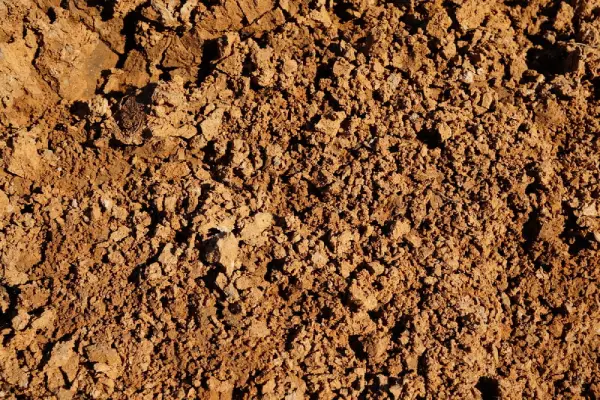
Another soil type you should know about is clay soil. This soil type can feel lumpy and sticky when wet, but then becomes hard as a rock when it dries out. Although clay soil can be rich in nutrients, it is heavy and hard to work with. It also doesn’t drain very well, which can make it a challenge for water to reach the roots of your plants. To help improve the drainage, you can add compost, manure, or shredded leaves and work it into the soil. And, it’s important to choose trees and plants that thrive in clay soil.Fruit trees, summer vegetables, and many ornamental shrubs do well in clay soil.
Related Topic: Soil Analysis: Testing Soil for Optimal Growth
Loam
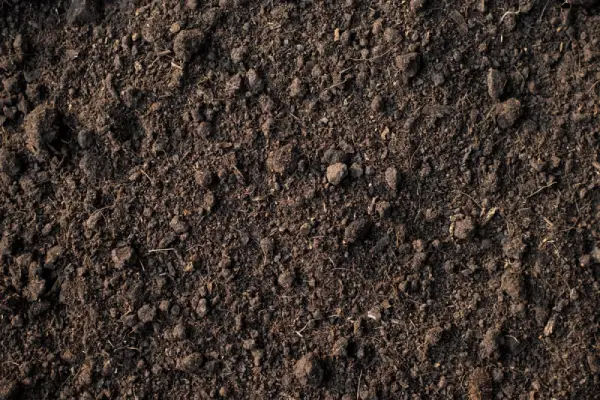
Loamy soil is best thought of as a mixture of some of the other types of soils, mostly clay, silt, and sand. Loamy soils tend to have small grains and may feel slightly damp to the touch. Although loam tends to be acidic, it is one of the easiest soils in which to grow most garden and landscaping plants. Over time, however, loamy soil does need to be replenished with organic matter to stay moist and easy to cultivate. If you tend to plant the same vegetation in the same spots each year, you may need to rotate your new plantings from year to year to ensure that the soil does not become too depleted.
Peat
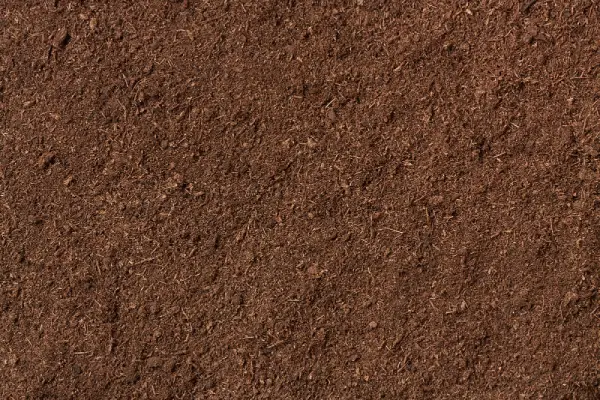
As the name suggests, peaty soil is soil with a high peat content. Peat is composed of partially decayed vegetation or organic matter, which makes it acidic. It also tends to retain a lot of water but hold fewer nutrients, both of which can make growing some kinds of trees and plants a real challenge. The disadvantages of peat soils can be remedied by digging additional drainage channels and adding lime, compost, or glacial rock dust to help balance the pH levels. Plants that tend to do well in peat soils include rhododendron, legumes, heather, and salad crops.
Sandy
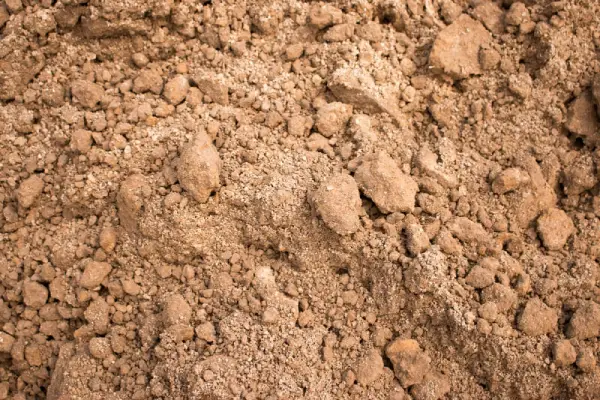
Sandy soil is a gritty soil type that drains easily and dries out quickly. Although sandy soils are light and tend to be easy to dig through, they also tend to not hold onto nutrients very well since the draining water often carries them away. Mulching can help sandy soils retain water better, and organic fertilizer or kelp meal can help add nutrients back in that plants need to thrive. It’s also a good idea to choose trees and plants that tend to do well in sandy soils, such as root vegetables, hibiscus trees, squash, tomatoes, and strawberries.
Silt
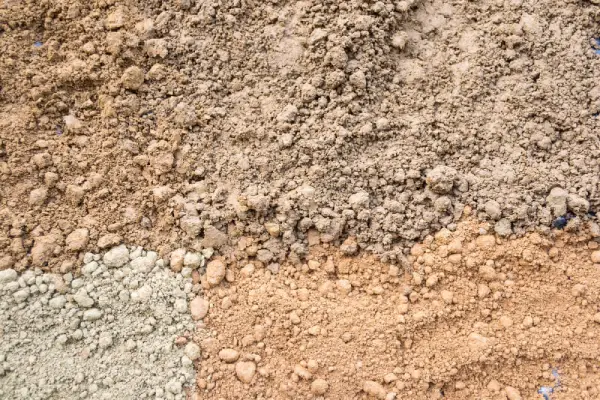
Silt is made up of grains of quartz somewhere in size between sand and clay. These small grains make silty soil feel very soft and almost soapy in texture. Silty soil is very rich in nutrients and holds moisture very well, making it one of the easiest soils to work with. It is important to monitor the drainage of silty soil carefully, however, as it can become compacted. Adding composted organic matter can help maintain good drainage in a silty soil. You can grow a variety of trees that love moisture in silty soil, including dogwoods, willow, birch, and cypress. Almost any fruits and vegetables can thrive in silt, as long as good drainage is maintained.
Next Up: How to Amend Soil
Now that you know about the six different types of soil you may have in your garden, your next step is to figure out which type you have and amend your soil, as needed. Are you familiar with the process of amending soil? It involves analyzing your soil for its specific composition and then taking steps to prepare it for optimal gardening. It can sound a bit intimidating, but the good news is that The Grounds Guys can help you amend your soil and grow your best garden or landscape yet! Read here to learn more.
Contact The Grounds Guys today to request an estimate for professional landscaping services.